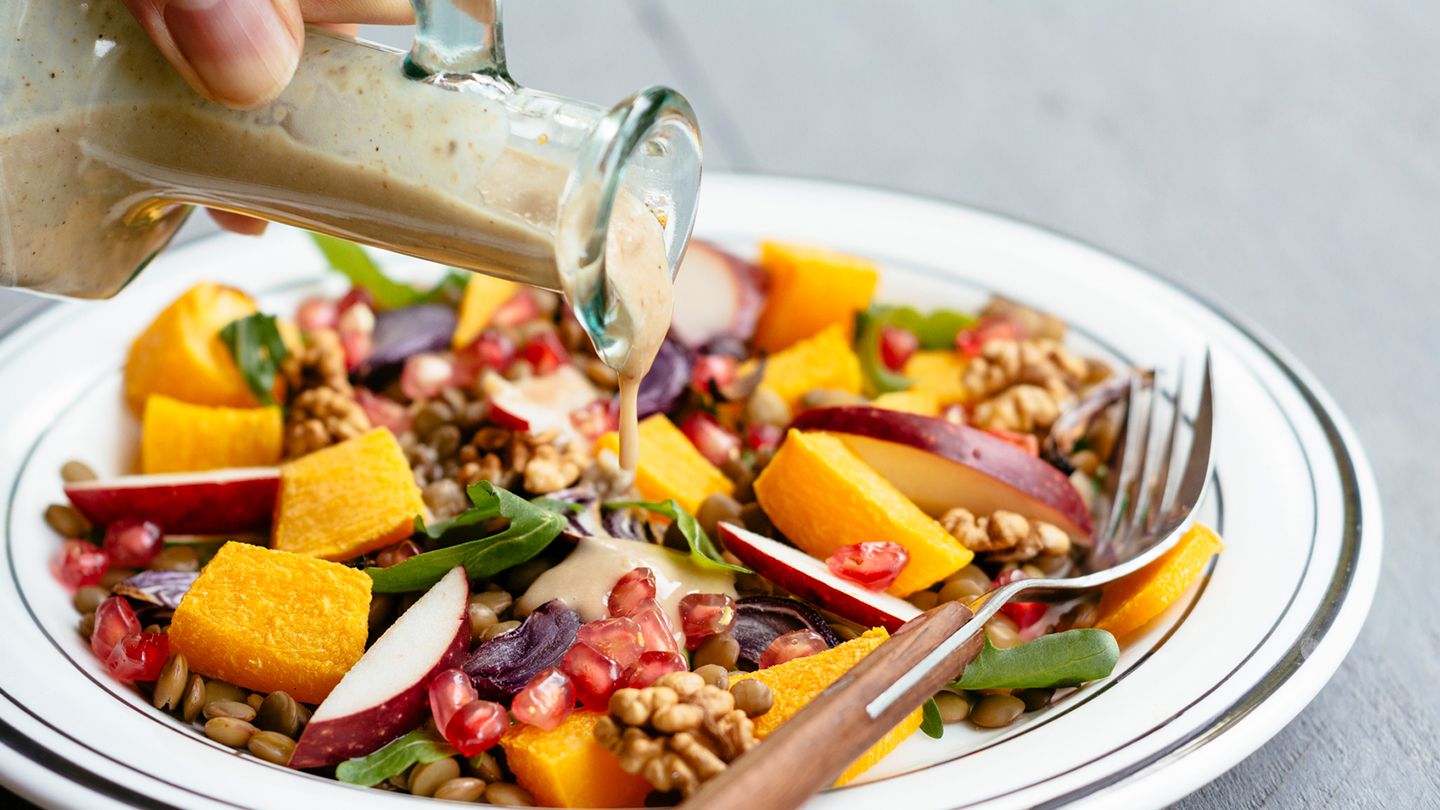As individuals age, losing weight can become more challenging due to changes in metabolism, muscle mass, and hormonal shifts. For those over 50, focusing on a balanced diet that supports overall health is essential. Here’s a guide to crafting a diet plan that promotes weight loss and wellness.
Emphasize Lean Proteins
Protein is crucial for maintaining muscle mass, which tends to decrease with age. Incorporating lean proteins like chicken, turkey, fish, and plant-based options such as lentils and beans can aid in muscle preservation. These foods help boost metabolism and keep you full longer.
Meal Ideas
- Grilled Chicken Breast with Quinoa: A satisfying meal rich in protein and complex carbohydrates.
- Baked Salmon with Spinach: Offers omega-3 fatty acids and essential nutrients.
Focus on Fiber-Rich Foods
Fiber aids digestion and helps maintain a healthy weight by promoting feelings of fullness. Including plenty of fruits, vegetables, whole grains, and legumes can enhance digestive health and control appetite.
Meal Ideas
- Oatmeal with Berries: A breakfast that combines fiber and antioxidants.
- Chickpea Salad with Mixed Vegetables: A colorful, nutrient-dense lunch option.
Healthy Fats are Essential
Healthy fats support heart health and can aid in weight loss by keeping you satiated. Incorporate sources like avocados, nuts, seeds, and olive oil.
Meal Ideas
- Avocado Toast on Whole-Grain Bread: A simple yet nutritious breakfast.
- Mixed Nuts: A convenient snack providing healthy fats and protein.
Limit Refined Sugars and Processed Foods
Reducing intake of refined sugars and processed foods can have a significant impact on weight loss. These items often contain empty calories and lack essential nutrients.
Tips
- Opt for fresh fruits instead of sugary snacks.
- Choose whole foods over processed alternatives.
Stay Hydrated
Proper hydration supports metabolism and overall health. Drinking water before meals can also help control portion sizes and reduce calorie intake.
Tips
- Aim for at least 8 glasses of water a day.
- Include herbal teas or infused water for variety.
Portion Control and Mindful Eating
Being mindful of portion sizes helps prevent overeating. Focus on eating slowly and savoring each bite to enhance satisfaction and prevent unnecessary snacking.
Tips
- Use smaller plates to control portions.
- Practice mindful eating techniques to enjoy meals fully.
Regular Physical Activity
Incorporating regular physical activity complements dietary efforts. Activities like walking, swimming, or yoga can improve metabolism and support weight loss.
Tips
- Aim for at least 150 minutes of moderate exercise per week.
- Include strength training exercises to maintain muscle mass.
Consider Specific Dietary Patterns
Certain dietary patterns may be particularly beneficial for those over 50. These include:
Mediterranean Diet
Rich in fruits, vegetables, whole grains, and healthy fats, the Mediterranean diet supports heart health and weight loss.
DASH Diet
Designed to combat high blood pressure, the DASH diet emphasizes fruits, vegetables, lean proteins, and low-fat dairy.
Plant-Based Diet
Focusing on plant-based foods can enhance nutrient intake and promote weight loss.
Sample Day of Meals
Breakfast
- Veggie Omelet: Made with egg whites, spinach, and tomatoes.
- Side of Fresh Fruit: Such as berries or an apple.
Lunch
- Grilled Salmon Salad: With mixed greens, avocado, and a light vinaigrette.
- Whole-Grain Roll: For added fiber.
Dinner
- Lentil Soup: Rich in protein and fiber.
- Steamed Broccoli: As a nutritious side.
Snacks
- Greek Yogurt with Honey: A protein-rich option.
- Carrot Sticks with Hummus: Provides crunch and flavor.
Conclusion
For individuals over 50, a balanced diet focusing on lean proteins, fiber-rich foods, healthy fats, and hydration is key to successful weight loss. By limiting refined sugars, practicing portion control, and incorporating regular physical activity, it’s possible to achieve and maintain a healthy weight. Consistency, mindfulness, and a focus on overall wellness will lead to lasting results and improved quality of life.




